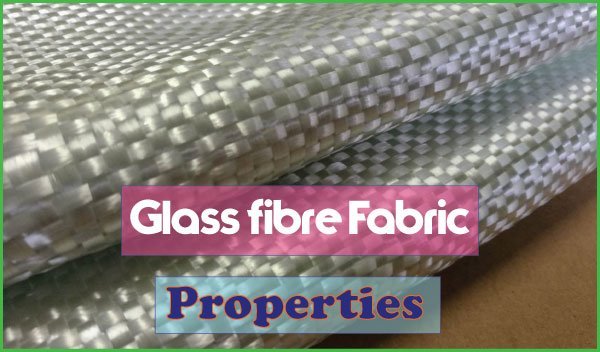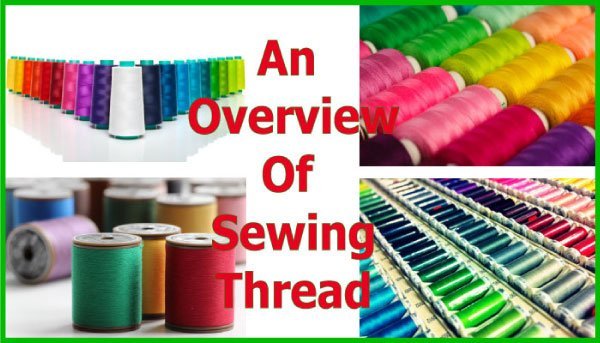Future of Textile Manufacturing Industries
Last updated on March 19th, 2025 at 06:59 pm
Introduction
India is one of the world’s leaders in textiles, with its fashion industry accounting for over 15% of the world’s total clothing exports.
The textile industry has witnessed a lot of change in the last decade. India’s textile industry has evolved significantly, both in terms of technology and how business is done. This evolution has also resulted in India becoming one of the cheapest destinations to manufacture textiles, particularly for the European market.

The Current State of the Textile Manufacturing Industries
According to the Ministry of Textiles, in the year 2017-18, about 612 million meters of fabric were produced in India. 36.4% was exported to markets such as the US and Germany, contributing over $4 billion to its export earnings. Besides, there has been a spurt in investment in the Indian textile sector during the last five years. The industry has seen growth in terms of both investments as well as exports.
India’s textile companies have seen enhanced growth over the years. It is a high-potential industry that has experienced rapid growth in the recent past. The changes mainly came through the tremendous increase in yarn imports, which has been caused by the demand-supply mismatch and other factors such as labour shortage and non-availability of qualified labourers in the country.
While global cycles are known to impact India’s demand, domestic conditions such as capital expenditure, reforms, and increasing urbanization also play a crucial role in determining its demand.
It had witnessed a spurt in investment during the last five years when it amounted to Rs 1.75 lakh crore. Textiles exports grew at an average rate of 8.5 percent to touch $24.5 billion in 2018-19. Despite the challenges the industry is facing, it has managed to impress steady growth over the last few years.
Global trends in Textile Industry
Textile is one of the oldest industries, and as the world is changing, the textile industry is also evolving. The next generation of the textile industry will go through a drastic change.
The rise of the Chinese textile industry is unprecedented in the history of global industry. The China Modern Textile Association estimates that by the end of 2013, the industry’s scale will reach USD 180 billion. Furthermore, between 2010 and 2015, China’s annual growth rate is 11.8%, which is faster than the global average growth rate during the same period (5.1%). Because of high productivity, China has developed a global supply chain for textiles with export value reaching USD 82 billion.
To better fulfil its expanding domestic needs in clothing and ensure foreign consumer demand for clothing products, China will continue to increase its investment in the textile industry. By 2021, China will invest USD 350 billion in its textile industry.
The world clothing market is on a steady growth path to reach USD 2.25 trillion in 2021, especially the clothing market in China and India will be rather significant due to the increasing middle-class consumers, according to a report by Boston Consulting Group.
Simultaneously, the domestic supply in China will have an increasing impact on the global apparel trade. Also, the growth of logistics and retail industries will increase the demand for textile manufacturing.
The World Textile Forum and LTC, Switzerland-based leading textile and clothing consultancy, published a joint report called “Sustainable Fashion 2030” concerning the textile industry’s sustainable development from 2015 to 2030.
Starting a Textile Manufacturing Business in 2024
Start a textile manufacturing business by understanding the market and competition. There are many ways to start a textile manufacturing business. You can withdraw from a small-scale business to a bigger one or even start as a wholesaler in different parts of the country or foreign countries with a massive demand for the product.
While some fabrics are produced using synthetic fibers, organic and inorganic materials can create textiles with appealing features such as durability, color, or flame-retardant properties.
In addition to natural fibers, many other raw materials can be used to create textiles. Some of these include Silk, Merino, Wool, Cashmere, Cotton, Nylon, Rayon, Modal, Polyester, Microfiber, Banana fiber.
It is a very versatile material that can be used in a variety of fabrics, including Fuller Linen and Dupioni silk. Silk is made from the cocoon of the Bombyx mori moth.
Silk is widely used in fabrics because it is strong, smooth, and lustrous and available in a wide range of vivid colors, and can have a shiny or matte finish. Textile manufacturing is a process that is done by using various machines and tools, which are used to create different fabrics and garments from yarns and fabrics.
Step-by-Step Process of Starting a Manufacturing Business
Market research
Analyze the market need, especially the demand for textile products.
Find the fabric
Know which material is required. Depending on the textile product you choose to sell, you may decide on the suitable fabrics.
Location
Location plays an integral part as you must import and export textile accessories and even raw materials.
Transportation
This step is required if you intend to sell in a foreign market.
Advertise for your business
Market your business and try to take help from digital marketing as this is one of the easiest ways to reach your target audience.
Conclusion
It is one of the most famous industries in the world. Textiles are used to make clothes, home furnishings, crafts, upholstery, and so many different products that we use daily. So, if you want to invest in the textile manufacturing business, this might be the golden age of doing this.
About the Author
Sureshkumar Palanisamy is the managing director of Omsakthi-A-Overseas, a leading textile and bed linen manufacturers in India that manufactures textile products such as Bedsheets, table linen, kitchen linen, etc.
Follow him on LinkedIn




My spouse and I love your blog and find almost all of your post’s to be just what I’m looking for. can you offer guest writers to write content for you? I wouldn’t mind producing a post or elaborating on some the subjects you write concerning here. Again, awesome weblog!
The young boys ended up stimulated to read through them and now have unquestionably been having fun with these things.
Very good post, thank you. I am surprised to find your website
An insightful look into the future of textile manufacturing! At Jumac, we believe that automation and advanced material handling solutions—such as precision-engineered spinning cans—will play a key role in enhancing efficiency and sustainability in spinning mills.
Dear sir I am Asif Khan form Pakistan just work in Uzbekistan Bukhara city bahor Chance textile industry my work experience 25 years weaving textile industry Uzbekistan and Pakistan thanks for you dear sir
Its nice to hear about you.
Thanks.